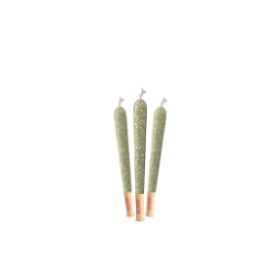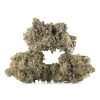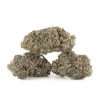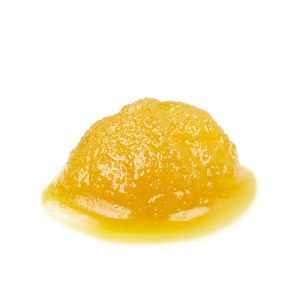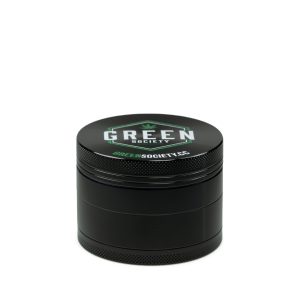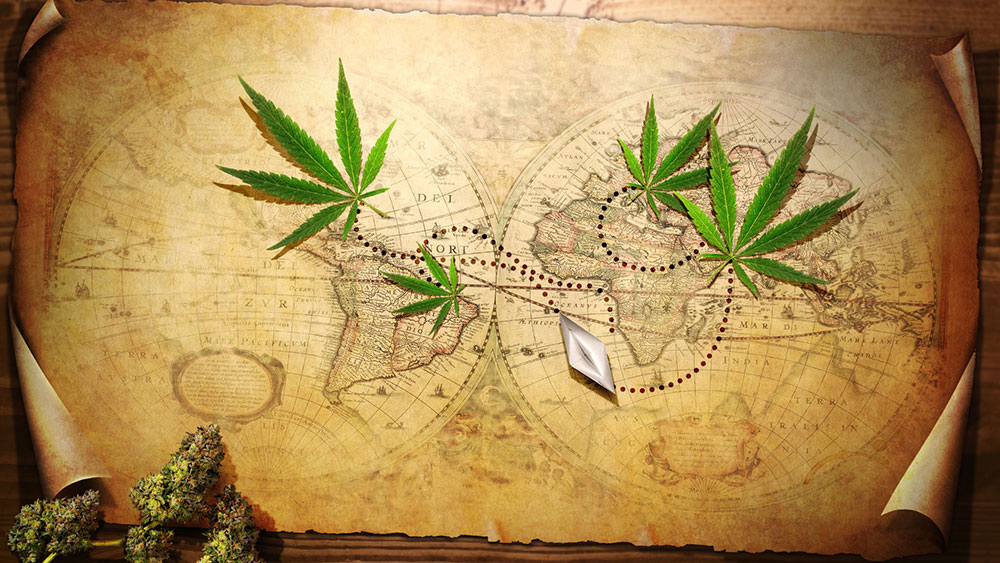Education
Weed Throughout History and the World
In honour of this year’s upcoming 4/20 as well as Canada’s fourth celebration of the spectacular holiday after the decriminalization of marijuana in the nation back in October of 2018, we’ll be dedicating this post to looking at a brief history of weed and its origins!
It is generally and commonly known that weed has been around and used by humans for thousands of years. But did you know that marijuana has had different uses throughout history beyond smoking and getting high? Like our ancestors before us, weed was highly regarded for its healing properties. While many ancient societies and cultures have used the plant in medicines and incorporated it–along with its psychoactive effects–into spiritual or ceremonial practices, weed has also been used for food and textiles!
Where Did Weed Come From?
It is a widely held view that cannabis originated from what is now in the present day considered Central Asia. This includes parts of China, Mongolia, Russia, Kazakhstan, Pakistan, and India. There would have been different types of cannabis that grew in the wild in specific regions. Today, we call these landraces as they denote where the land from which they were originally grown. Hindu Kush, for example, is a native strain that grows in the wild of the Afghanistan and Pakistan ranges of the Hindu Kush mountains.
Agricultural practices began around 10,000 years ago so it is possible cannabis would have been cultivated as far back as that. Though, experts estimate it would have been more likely to have been grown in widespread agricultural practice around 5000 to 6000 years ago.
Cannabis as Medicine and Funeral Rites in Ancient China
In fact, the oldest surviving and known textual document to record cannabis usage is from China’s late Han Dynasty, or around 2000 BCE. This record is known as the Pen-ts’ao Ching and is a compilation of ancient texts. It refers to Emperor Shen-Nung, who is considered the Father of Chinese medicine. He noted the benefits of cannabis for over 100 ailments! That must have been a lot of weed consumption and observation to make that discovery! One of the medicines in the Pen-ts’ao Ching includes one made of female cannabis flowers, called ma-fen.
There is also archaeological evidence of the ancient Chinese having used a contraption that is similar to bongs. These ancient bongs were actually wooden braziers, or pots with a carved out hole. They were discovered with traces of cannabis at ancient cemeteries and burial grounds. Experts reason that these discoveries suggest the ancient Chinese smoked weed and got high at funerals. These braziers are currently the oldest pieces of concrete evidence we have of human marijuana use.
A Sacred Plant in India
India’s long history with cannabis can be traced back to around 800 BCE, or even earlier. The Atharva Veda, which is a historical Sanskrit collection of holy writings, beliefs and practices, lists cannabis as one of the five sacred plants. Another ancient text, the Susrita Samhita, details Ayurvedic medicine including cannabis. It notes its healing properties and medicinal uses for pain relief, anesthetic, appetite stimulant and more.
There is a traditional Indian cannabis drink that dates back to 2000 BC as well. It is probably one of the earliest forms of weed edibles! Considered one of the god Shiva’s favourite drinks, this concoction is called Bhang. It is made of cannabis, warm milk, nuts, and spices. It is still consumed in India today, especially during Hindu festivals and holidays.
Another traditional cultural practice still present today that was passed down over centuries in India is the use of charas. Charas are rolled balls of hash and offer a more potent high than smoking flowers.
Hashish in the Middle East
The highly regarded Persian scholar, Avicenna, published his Canon of Medicine in 1025 CE. In this text, he notes the use of cannabis for pain relief and treatments of wounds, infections and gout. Persian scholars also were wary of the different phases that a cannabis high can induce. It is similar to how we understand the varying nature of different THC levels and its effects on the mind and body.
While India has their historical version of an edible with the Bhang drink, Morocco is home to what is believed to be the very first edible treat. The mahjoun (sometimes “majoun” or “majoon”) is a sweet confection. It takes the form of a rolled pastry ball or a paste that is filled with hashish (or hash). It is traditionally made with dried fruits like figs or dates, topped or mixed with nuts with a bit of honey as a base. They may include other components for flavouring, like orange flower water, rosewater, lavender, cardamom, sea salt, cinnamon, ginger or turmeric.
Bringing Weed to the Rest of the World
As humans migrated and societies grew, different groups of peoples would begin to bring this useful plant or its seeds with them to other parts of the world in their travels to trade. While the first regions outside of Central Asia to discover weed through migration and trade include Southeast Asia, the Middle East and the coastal east of Africa, it would later appear throughout Europe. The plant spread throughout the Greek isles. Here, it was not only used as medicine, but its plant fibres were also used in rope and sails. In ancient Rome, weed was featured at Roman banquets and feasts in the form of hemp cake. Evidence of medical marijuana usage can be found in books of medicine from England and Germany of the 11th and 12th centuries.
Cannabis eventually made its way to the Americas around the 1500s. It was brought over by Spanish conquistadors in Mexico, Indian servants in the Caribbean and enslaved Africans in Brazil. Further north in modern day USA, there were even orders by England’s King James I for the colonists to grow hemp in order to use its fibres in textile making.
Weed was also later popularized in France for recreational usage after soldiers brought cannabis and hashish home during Napoleon’s campaign in Egypt of 1798. From here, it only further spread weed’s popularity as a recreational drug in Europe.
Marijuana in the Modern Day
Despite the many useful benefits of weed throughout the world, marijuana began being outlawed during the 19th and 20th centuries. Over time, it is slowly gaining recognition again as an accepted form of medicine and recreation. In countries like Mexico, the Netherlands, parts of the US, and very few others, it is legal for both medicinal and recreational usage. Other places like Australia, Norway, Sweden, Finland, and Brazil, marijuana has legal status for the purposes of medicine only.
In Canada, cannabis was only legalized relatively recently in 2018. So, attitudes are slowly being shifted and there is much progress to be made. However, there is also much to be celebrated! This plant has been around with us humans for thousands of years and has played an important role in human society! It has provided medicine, food, healing, and bonding, and continues to do so!
Order your weed from Green Society now to get in time to celebrate 4/20! Partake in this historic and cultural activity with the magnificent cannabis that we all love!

